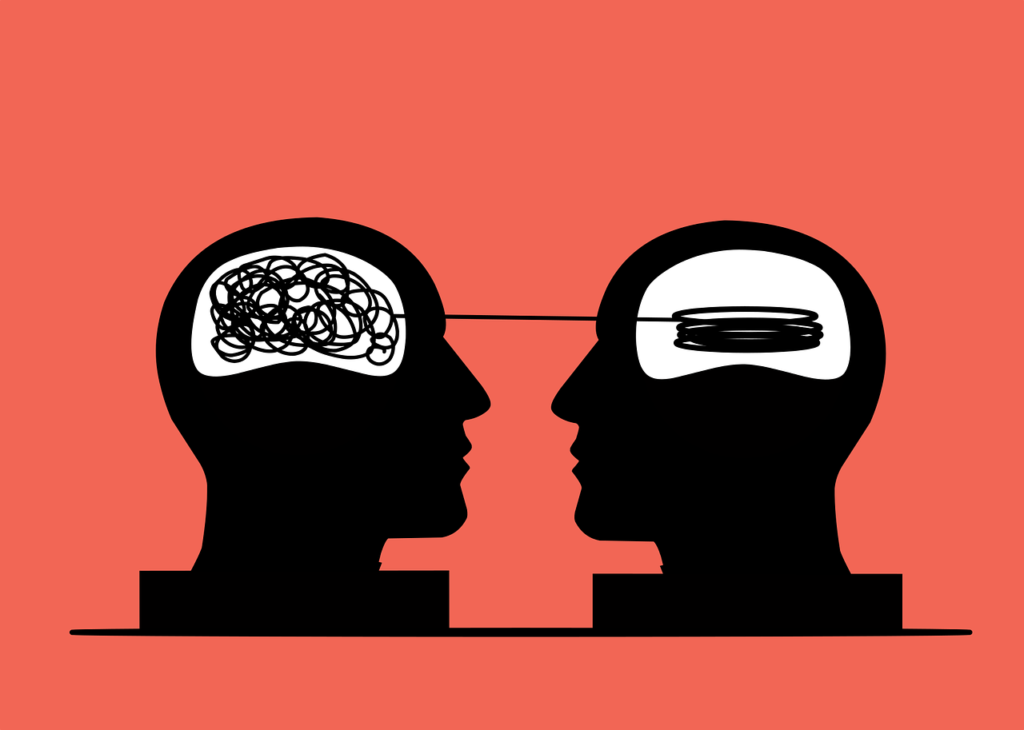A mental disorder is defined by cognitive impairment, emotional dysregulation, or behavioral abnormalities of clinical significance. It’s common for people to experience discomfort or a decrease in critical areas of work as a result of a potential mental disorder.
Although many preventative and therapy methods present for mental health problems, most individuals with such conditions still lack access to proper care. Moreover, many are victims of prejudice, harassment, and other human rights abuses.
Here are seven common mental health problems listed in the 11th Revision of the International Classification of Diseases (ICD-11).
Anxiety Disorders
We all feel anxious occasionally, but when anxiety keeps us from functioning normally (ie sleeping well, eating, bathing, etc) it might be time to take a closer look. The United States has a severe problem with anxiety disorders like OCD, panic attacks, and phobic conditions. It is believed that 40+ million adult Americans suffer from some form of anxiety disorder.
Depression
When we talk about depression or a depressive disorder, we refer to more than simply feeling melancholy or enduring a difficult time. The disease necessitates medical intervention because it can affect a person’s emotional state, thought processes, and conduct. Untreated depression can have life-altering consequences for the individual concerned, as well as their loved ones. The good news is that many people can and do get better with early discovery, diagnosis, counseling, and treatment – like medication, psychoanalysis, and healthy living choices.
Post-Traumatic Stress Disorder
Traumatic experiences like accidents, attacks, military conflicts, and natural catastrophes can also harm our mental health. These “excessive” short-term responses to potentially fatal events can evolve into PTSD, or Post-Traumatic Stress Disorder. Symptoms of PTSD are often co-occurring with those of other illnesses, such as drug use, anxiety, and depression. It is also important to note that CPTSD, or Complex Post-Traumatic Stress Disorder, can occur after repeated exposure to small traumas that build up over time. Specialized therapy programs can be created with the help of a thorough medical assessment.
Bipolar Disorder
Someone with bipolar disorder is prone to extreme temperament, vitality, and mental clarity swings. Mania and depression are the rigid states of emotion caused by this condition and there may be an extended period between instances where the person experiences no symptoms. Bipolar illness typically worsens without therapy and medication. With the right treatment strategy that includes counseling, medication, a healthy lifestyle, and early identification, people with bipolar disorder can lead healthy and typical lives.
Dissociative Disorders
Involuntary disconnection from the present moment is one way to characterize dissociative episodes. It includes separating one’s mind, personality, awareness, and recollection from their current reality. Moreover, it affects people of all classes and walks of life. Research indicates that roughly 75% of Americans will suffer from depersonalization/derealization at any given time—only about 2% of those suffering from persistent attacks.
Attention Deficit Hyperactivity Disorder (ADHD)
Behaviors such as fidgeting, daydreaming, and impulsivity are typical of those with Attention Deficit Hyperactivity Disorder (ADHD). Adolescence is the most common time for a diagnosis to be made, but findings show that this is changing as more adults are diagnosed, according to ADDitude Research. ADHD affects approximately 8.8% of adolescents (4-17 years old), according to some studies. However, adults are not immune to the condition either. It is estimated that 4.4% of people (ages 18-44) have ADHD and this number seems to be rising.
Schizophrenia
Schizophrenia impairs one’s capacity for rational thought, emotional regulation, decision-making, and interpersonal functioning. Schizophrenia is a chronic condition that causes many challenging issues throughout a person’s lifetime. The percentage of people in the U.S affected by schizophrenia is unknown, but approximations range between 0.25 and 0.64 percent. Schizophrenia can affect anyone at any time in their lives, but typically strikes in the late teens or early 20s for males and the late 20s or early 30s for women. Schizophrenia is highly uncommon in those under the age of 12 and those over 40. It is possible to live a satisfying life with schizophrenia if it is appropriately identified and managed through therapy, medication, and education.
If you or someone you know are struggling with mental health concerns or thoughts of suicide, you are not alone. If you’re thinking about suicide, are worried about a friend or loved one, or would like emotional support, the Lifeline network is available 24/7 across the United States. Dial 988 to speak with someone at the Lifeline Crisis Center.

